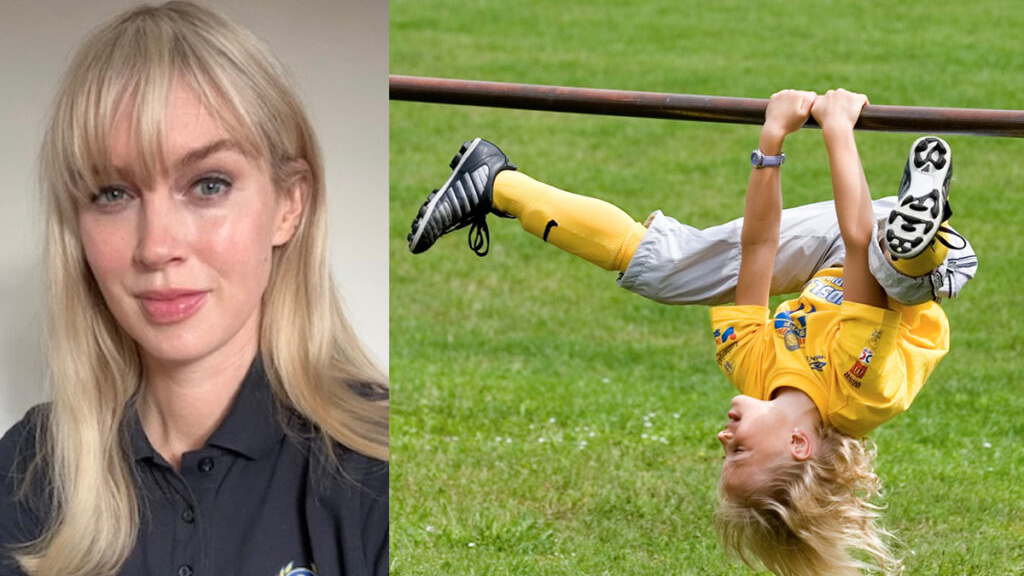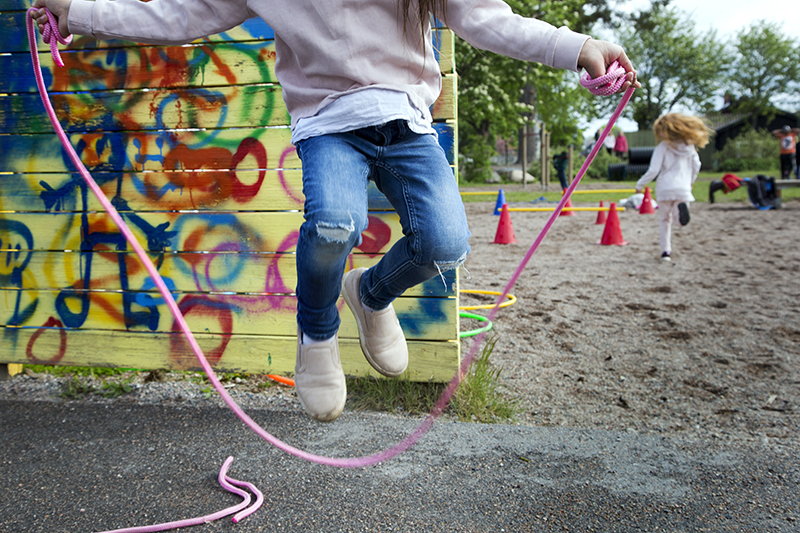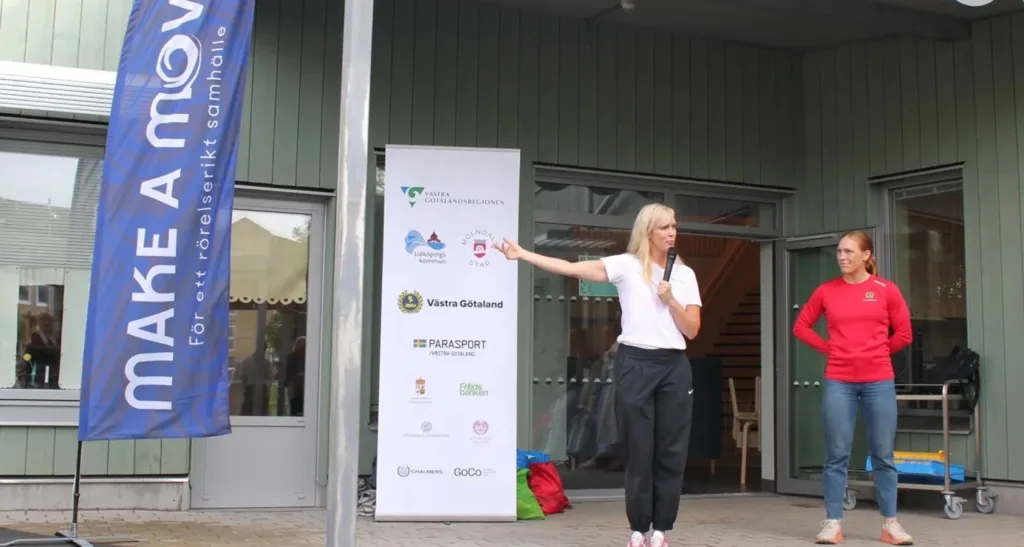Pilo Stylin is the children and youth officer for the Swedish Budo and Martial Arts Federation. They use physical literacy to achieve many benefits: attracting more people to the sport, making training enjoyable for everyone and teaching school children how to fight well.
The importance of spreading movement awareness in society is obvious to Pilo Stylin. He lectured at the International Physical Literacy Conference 2023 in New York on the theme "Physical Literacy, rough and tumble play and martial arts". With many years in martial arts, he has seen a clear change in the physical conditions of beginners.
"Children and young people who come today are in worse shape than they were a few years ago. For us to be able to train them in the same way, we need to start from a different place. We need to make sure they know basic movement skills."
A unique feature of martial arts is that participants at all levels, from beginners to elite, often train together. This makes it even more important that each individual gets the chance to be challenged at their own level and have positive experiences.
Lowering thresholds and increasing happiness
Among other things, the association uses the principles of movement understanding to guide municipalities in designing sports facilities in a way that stimulates movement, develops low-threshold activities to help more people find their way into martial arts, and trains its instructors to increase the joy of movement in training.
A clear win for Pilo Stylin is the 'aha' moments that come with seeing the business through a physical literacy: rethinking exercise routines that compromise the joy of movement and finding new, more inviting ways.
"Like when we let children and adults stand and wait and watch others do activities, instead of making sure everyone is active at the same time. What effect does having an audience have when a beginner is doing something new? It creates negative experiences."
Fighting games at school
The Federation also helps to spread the understanding of movement more widely in society, for example through the school collaboration project Kamplek i skolen, which encourages so-called risky play in school sports, recess and after-school activities. In schools, it is common to prohibit rowdy or messy games. But they are important for children's development: they practice interaction, risk awareness and physical skills.
In the video above, Pilo Stylin explains how physical literacy and martial arts reinforce each other.



